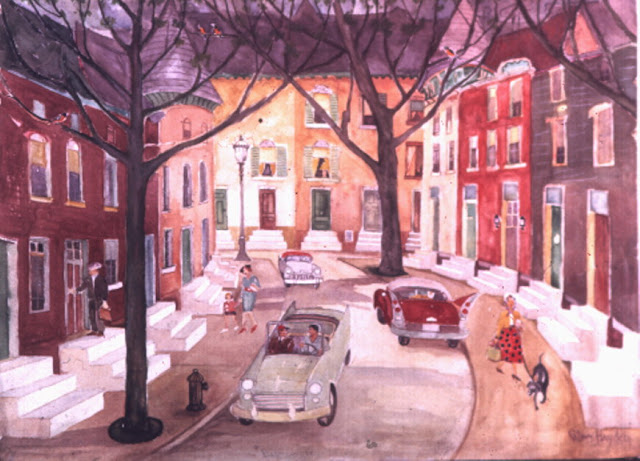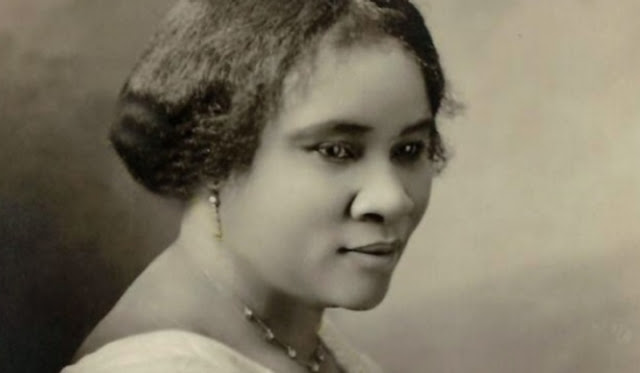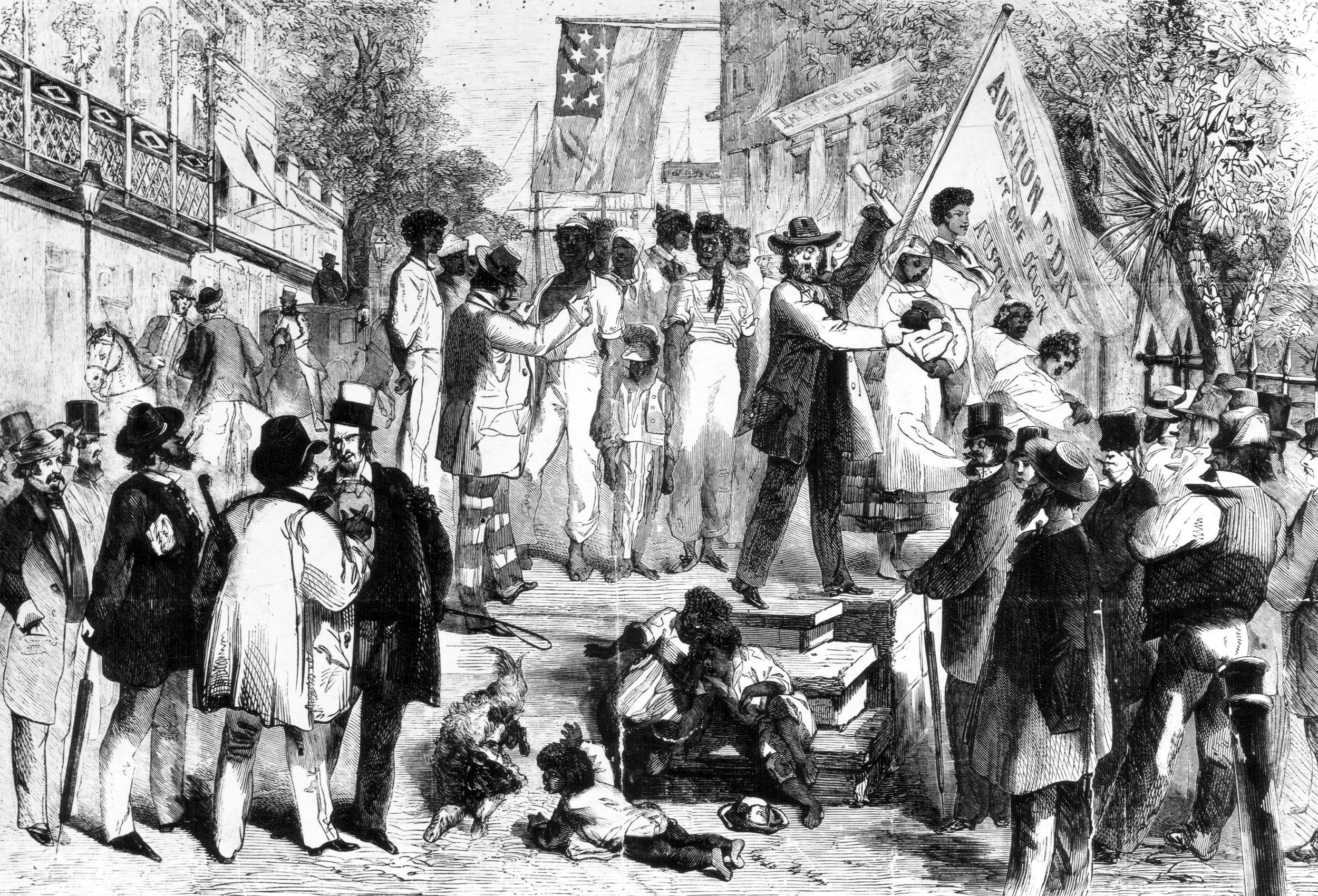
Born in Port-au-Prince, Haiti in 1969, writer Edwidge Dandicat moved to the United States to join her parents who had emigrated to the U.S. when she was young. The early separation from her parents would have a lasting effect on young Dandicat as would her arrival in the U.S. in 1981. Finding it difficult to adjust to American dress and manners, the newly arrived girl found solace in books. The separation she felt would become a theme in her later works. The 1994 novel, Breath, Eyes, Memory was developed from her Master's thesis at Brown University and is excerpted in The Norton Anthology of African American Literature.
As pointed out by Gates and his fellow scholars, Dandicat's novel reflects the discomfiture at living between cultures, of feeling separation from one's homeland and the reticence at accepting the new and strange environment. He writes, "Written in imagistic and lyrical prose, Breath, Eyes, Memory follows its protagonist as she moves between her Haitian homeland, where she is steeped in the storytelling of her maternal kin, and her new home in Brooklyn, from which she looks back at the culture she has left with a loving but critical eye." Her protagonist, much like the novelist herself, experiences a new kind of 'double consciousness': that of living across cultures--and across the languages that became so intrinsic to her identity. Gates quotes the writer's reflection on her dilemma, as she notes that "[her] writing in English was as much an act of personal translation as it was an act of creative collaboration with the new place [she] was in" (1475-6). The reader observes the ways in which the writer interpolates Haitian Creole into the dialogue of her characters--as well as introducing elements of Haitian Vodun religious culture. When Sophi must return to Haiti to prepare her mother for burial, she dresses her mother in the fiery red symbolic of the goddess Erzulie Frieda both as an act of reverence and of rebellion.

Dandicat's predilection for intertwining dual cultural elements appears to be common among many Africana women. According to Gates, "This fusion of celebration and critique is familiar in writing by African American women, including Zora Neale Hurston, Toni Morrison, and Alice Walker" (1476). One is compelled to add the authors Jamaica Kincaid, Toni Cade Bambara, and Nalo Hopkinson to the cadre of women writers of color who, rather than being trapped in the stasis of double consciousness, locate their characters at the intersection of cultural identity--a cultural identity that critiques and reveres the past toward discovering vitality and wholeness in the present.
photo of Edwidge Dandicat: madamenoire.com
image of Erzulie Frieda: jazintellect.wordpress.com
In the video below, a young Haitian woman discusses her linguistic background speaking both English and Haitian Kreyol:




























